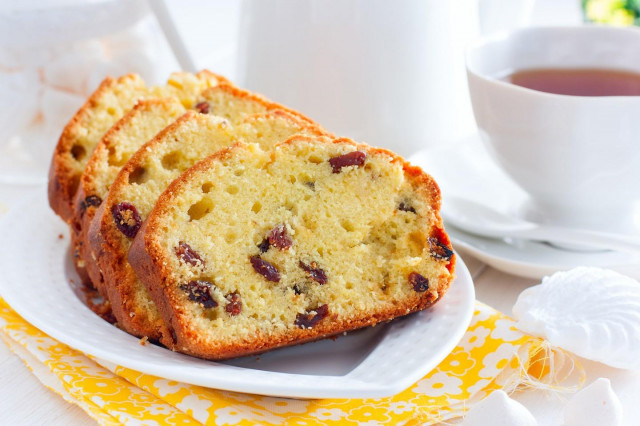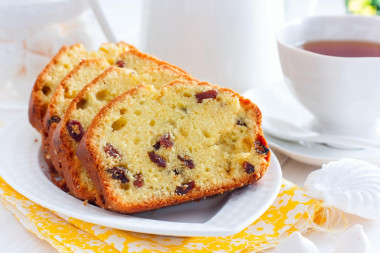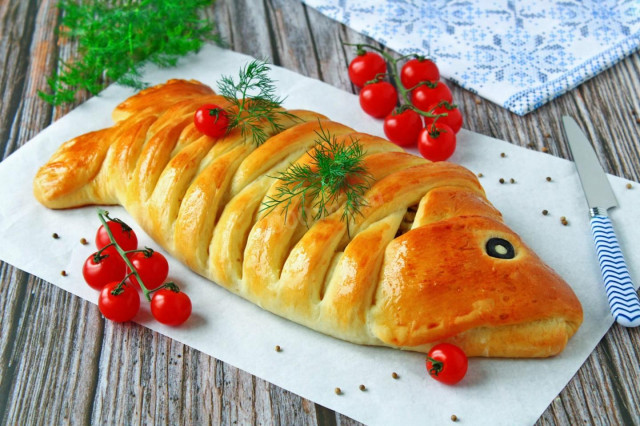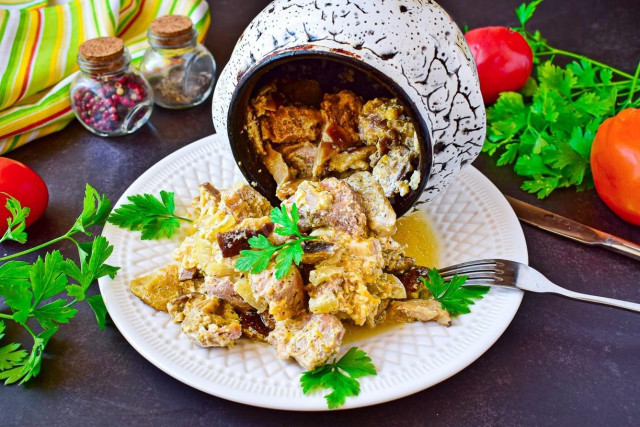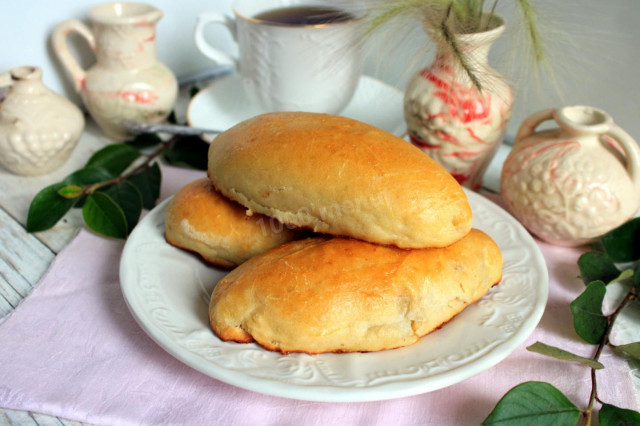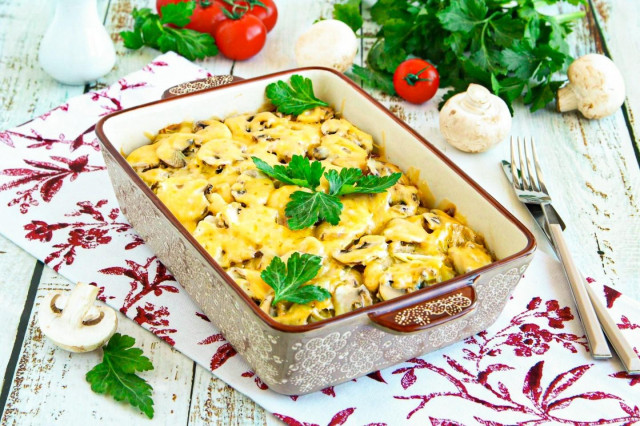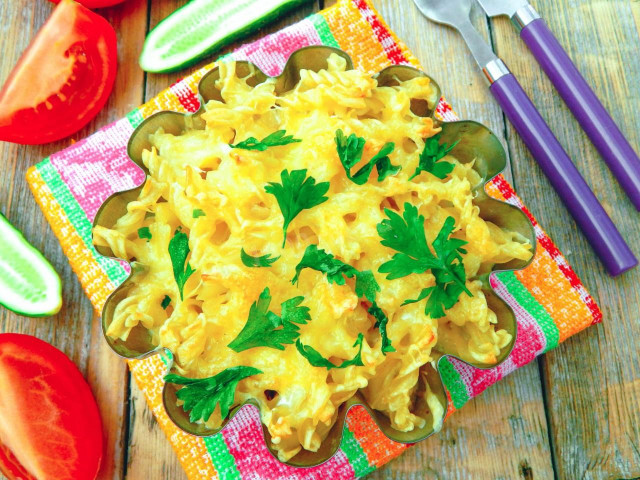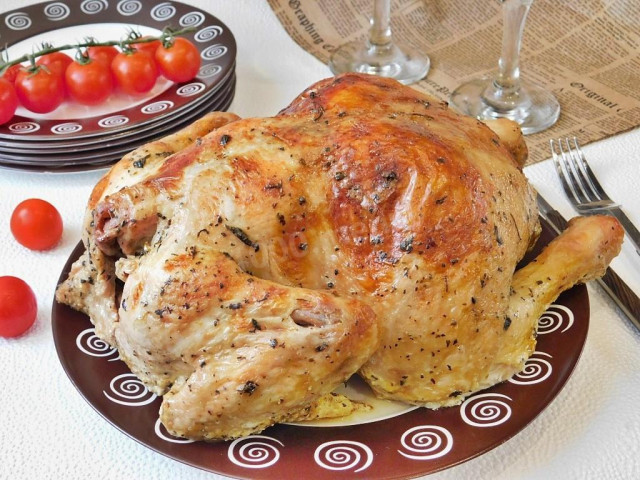Composition / ingredients
Step-by-step cooking
Step 1:
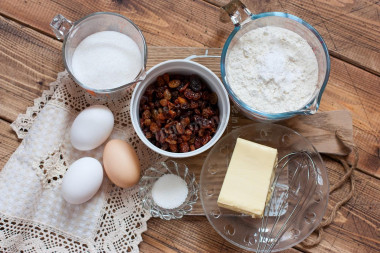
Prepare all the necessary ingredients. Remove the eggs and butter from the refrigerator in advance so that they have time to warm up to room temperature. The oil should completely soften.
Step 2:
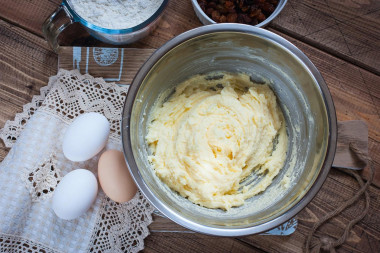
Transfer the soft oil to a container. Add sugar or a sweetener that is not afraid of heat treatment. Vanilla sugar can be replaced with vanilla (approximately at the tip of the knife) or vanilla essence. It is important to be careful with the dosage! In order not to spoil the taste of baking, be sure to read the instructions how much and how to add! Beat the mass with a mixer or whisk until fluffy and creamy. It is important that the sugar crystals completely dissolve.
Step 3:
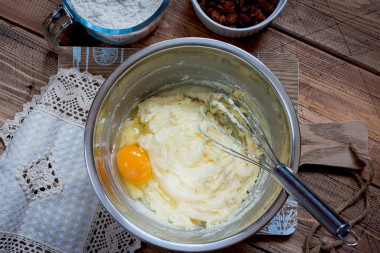
Without stopping whipping, add the eggs one at a time. Each time carefully stirring the oil mixture until smooth.
Step 4:
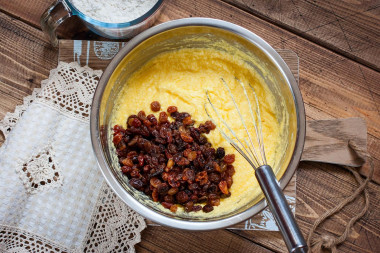
Add the raisins. It should be pre-rinsed under running water and be sure to steam. Do not ignore this step, otherwise it will bake badly and settle to the bottom of the cake. How to steam raisins correctly? Fill it with hot water and leave it for 10-15 minutes. During this time, it will become soft. Drain the water and dry the dried fruits with paper towels. Add to the oil mixture and stir thoroughly, spreading it all over the dough.
Step 5:
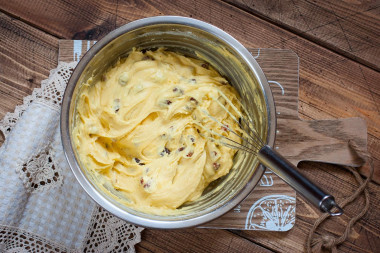
Mix the baking powder with a small amount of flour and add to the mass. This way it will be better distributed over the test. You can replace it with soda (1 tsp) extinguished with 9% vinegar (1 tbsp. l). Be sure to sift the flour to saturate it with oxygen and the baking turned out lush. The amount of flour may need more or less than indicated. Therefore, add it in portions, achieving the desired consistency. The finished dough should look like very thick homemade sour cream.
Step 6:
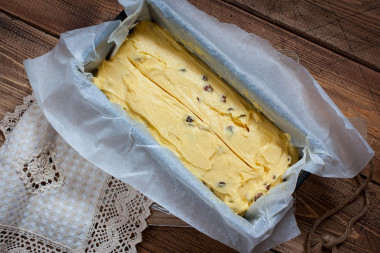
Line the form with parchment so that the cake does not burn. Lay out the dough. Level the surface. Moisten the spatula in cold water and cut through the cupcake in several places so that it is well baked. Turn it on (in 10-15 min.) preheat the oven at 160 degrees. Bake the cake for about 60-80 minutes until golden. The time and temperature are given approximately. Consider the specifics of your oven.
Step 7:
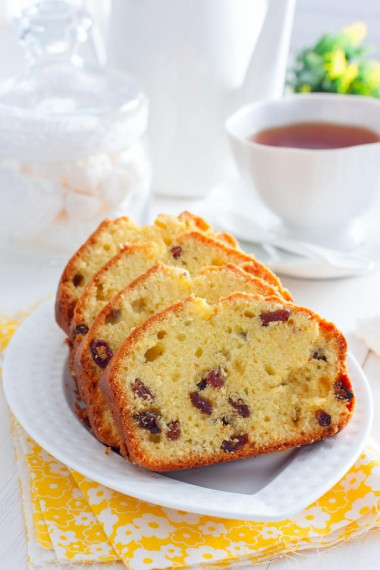
Check the readiness of the cake by piercing it with a wooden skewer. If it comes out dry, remove the pastry from the oven. When the pastry has cooled completely, carefully release it from the mold and transfer it to a flat dish. Do not forget to remove the baking paper from the cake. Sprinkle it generously with powdered sugar on top through a fine strainer. Have a nice tea party!
The cupcake turned out to be perfect! Everything in it is in moderation. Delicious, fluffy, fragrant, tender and not cloying. The next day it will taste even better.
For a brighter flavor, add orange or lemon zest to the dough. The finished cake can be covered with chocolate glaze, smeared with condensed milk, sour jam, sprinkled with confectionery powder.
Be prepared for the fact that flour may need a little more or, conversely, less than indicated in the recipe. You need to focus on how the dough should turn out (dense, soft, liquid, etc.). There is a lot of useful information about why flour, even of the same variety, can have completely different properties, read this article
Keep in mind that everyone's ovens are different. The temperature and cooking time may differ from those specified in the recipe. To make any baked dish successful, use useful information in the article about ovens here
Caloric content of the products possible in the composition of the dish
- Granulated sugar - 398 kcal/100g
- Sugar - 398 kcal/100g
- Butter 82% - 734 kcal/100g
- Amateur unsalted butter - 709 kcal/100g
- Unsalted peasant butter - 661 kcal/100g
- Peasant salted butter - 652 kcal/100g
- Melted butter - 869 kcal/100g
- Raisins - 280 kcal/100g
- Kishmish - 279 kcal/100g
- Salt - 0 kcal/100g
- Wheat flour - 325 kcal/100g
- Baking powder - 79 kcal/100g
- Vanilla sugar - 379 kcal/100g
- Chicken egg - 80 kcal/100g

